Even Caesar Was Afraid of Them. What Were the Celts Really Like?

Contents
They plundered Rome, invaded Greece and defeated every army the Greeks sent against them. In their time, they used to dominate the ancient world from the East to the West. The Celts were the first Europeans to live in the territories north of the Alps, at least according to the preserved sources. They were famous not only for their rage, but, more importantly, for their perfect weapons and war chariots.
Celts or Gauls?
All we know about the Celts comes from the notes of military leaders who faced the Celts in a battle. The Celts themselves left almost no written documents in their language behind. The Greeks called them “Keltoi”. Polybius used the term “Galatae”, meanings Gauls, which then became widely used. Julius Caesar mentions in his notes that at that time, the Gauls called themselves “Celtae”, the Celts.
Historians are certain that the term “Keltoi”, the Celts, comes from the Celtic language. According to some possible interpretations, the word “Keltoi” means a hidden or secret nation. The lack of Celtic written sources supporting this translation, however, does not imply that the Celts were illiterate. They passed down knowledge, philosophy, and other information through oral traditions. And they had a good reason for it.
The Doctrine of Immortality
The Celts were the first to believe that there is life after death. And if a man dies in the other world, he is born to our world again. There was a never-ceasing migration of human souls between the two worlds. That is why the Celts believed that, if a man dies in the “other world”, he is born again to our world. That is why they welcomed childbirth with sadness and death with joy. Caesar mentioned in his notes that this belief undoubtedly contributed to their bravery in battle. The Celtic belief system also included a prohibition of passing down information in any other way than orally. The Celts were literate, but until the beginning of the Christian era, they did not write down any of their knowledge. An equally important part of their faith was the worship of nature. Everyone knows Stonehenge, where Celtic druids performed religious rituals. They built stone monuments that served as lunar and solar observation posts, where they monitored the beginning of equinox, solstice or lunar and solar eclipse.
The Celts on the Battlefield
Some sources claim that the Celts were the first people in Europe who could process metal, thus initiating the Iron Age. It was thanks to their blacksmiths that they were able to conquer most of Europe in the 5 th century BC. Their warriors were almost naked, wearing only partial armour or protection to ward off the deadliest blows. They relied on dexterity and agility, so they often fought half-naked. They protected their vital organs with leather strips around their waist. Iron helmets and round shield were a part of their gear, too.
They were a scary sight. Strong, long-haired men, with the clear intention to kill. And killing was really their expertise. They aimed at places with the main arteries. They plunged into fights with joy and enjoyed fights. War was an important part of every Celtic man’s life. To them, it was a form of entertainment. They also used a psychological advantage in fights: they covered their bodies with scary paintings, gave terrifying battle cries that paralysed their opponents with fear. They had, however, no military strategy. The only goal was to attack the enemy, throw him to the ground and inflict a fatal blow.
Perfect Iron Weapons
Combining brute force with a masterfully crafted iron weapon, the Celts were able to cut off the opponents’ heads or limbs with a single stroke. The best weapon for such attacks was a two-handed sword. An almost one-meter long blade, sharp as a razor, with a rounded tip and a simple hilt. The most popular use of the sword was cutting off enemy heads. The Celts would collect the severed heads after battle and hang them on their horses and chariots, for they believed that he who had captured a head attained the strength of the fallen enemy. Another important weapon was a throwing and thrusting spear called lancea. The spear had a wavy pattern which caused more damage when it hit.
In long-range combat, the Celts did not use bows. Instead of arrows, they threw stones using a slingshot. This projectile weapon could blind an enemy, making it easier for the other warriors to finish him off. Slingshots consisted of a leather sling and a piece of twisted rope. The weapon was light, easy to carry around and dangerous at the same time. When a stone was inserted into a braided leather sling, it could even break an enemy’s skull.
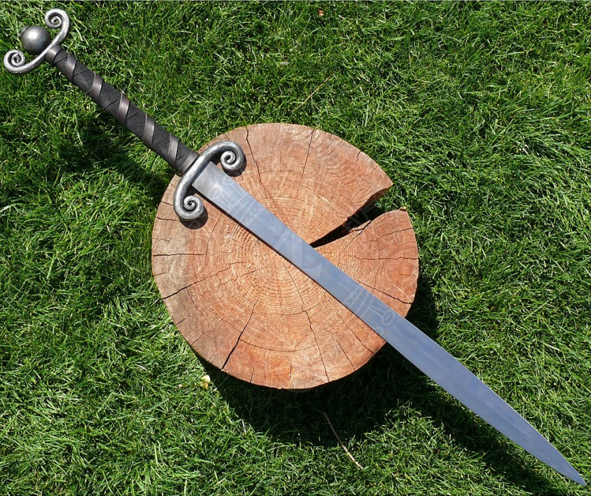

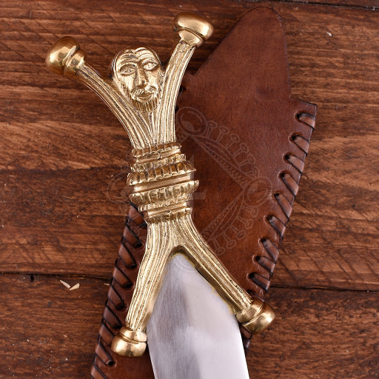
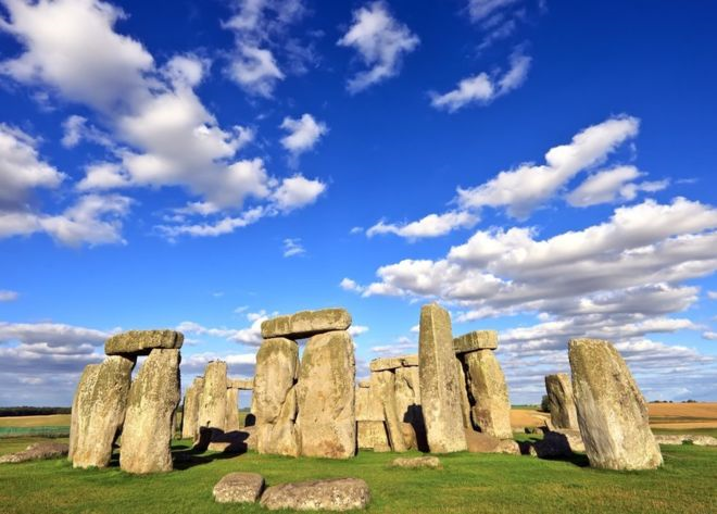
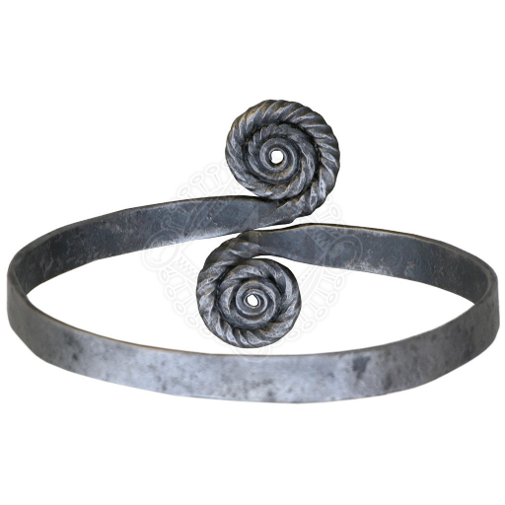
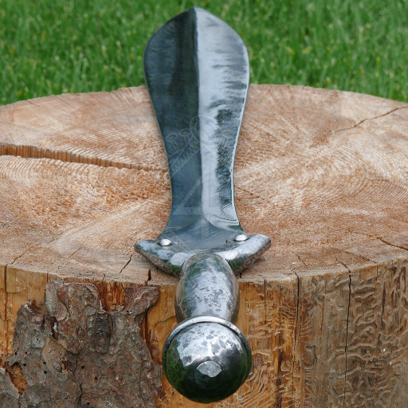
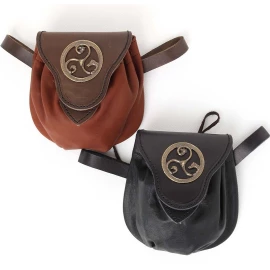
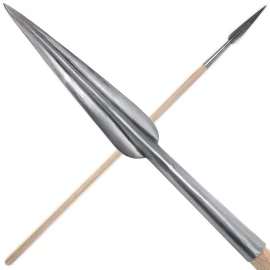
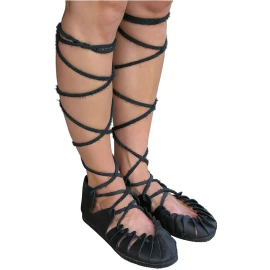
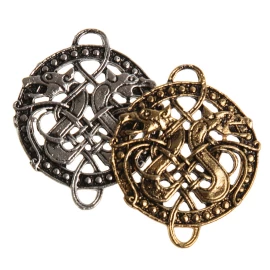
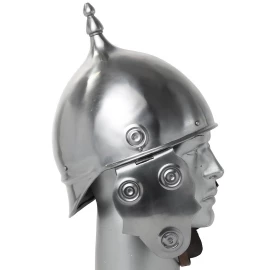
Comments